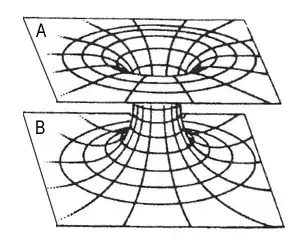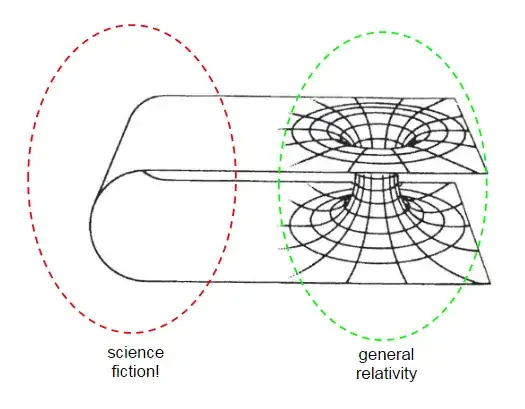Lately I encountered a few times references to wormholes as a way to reach distant places in the universe in a short time. I have to admit I don't have a proper knowledge of the mathematics behind wormholes (although I won't mind a complete GR explanation in the answer, if necessary). All I know is that wormholes are usually compared to something analogous to a tunnel through the planet Earth to reach distant places in less time. The problem is, if I want to reach the other side of the planet I have to travel 20.000 km on its surface and "only" 12.000 km through its center. While the latter is surely shorter, it's still more than 50% of the initial value and this is the best-case scenario. For shorter distances, the difference becomes more and more negligible.
Now, I know enough of GR to understand that this explanation could be a simplification so extreme that any comparison makes little to no sense, but I'm curious to understand if the same problems arise for wormholes too. I don't really care if wormholes exist, are traversable by spaceships and both the crew and the vessel can survive the travel undamaged, I know they are still a theoretical construct and probably there is more than one formulation for it. What I'm really interested in is:
- How much shorter will the travel be? I'm interested in Earth proper time, because if the reduction is only in the spaceship proper time, the we can achieve the same result "simply" by traveling closer to the speed of light.
- Does the amount of reduction in time depend on the distance between the endpoints? If so, it seems unpractical to travel to near stars through wormholes, if the spacetime geometry of our galaxy doesn't help somehow (local curvature should be higher than global curvature).

